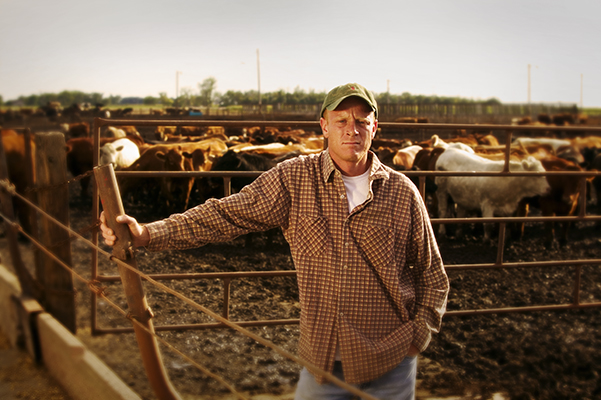 Beef production is a massive business in Nebraska. In fact, Nebraska now has more cattle on feed than any other state in the nation. At any time during the year, 2.49 million cattle are in the state’s feedyards. Figure an average weight of 1,000 pounds and a price of $175 per hundredweight, and those cattle have a total value of $4.36 billion.
Beef production is a massive business in Nebraska. In fact, Nebraska now has more cattle on feed than any other state in the nation. At any time during the year, 2.49 million cattle are in the state’s feedyards. Figure an average weight of 1,000 pounds and a price of $175 per hundredweight, and those cattle have a total value of $4.36 billion.
At the close of March 2014, the beef sector represented 16 percent of FCSAmerica’s loan portfolio.
Ranchers, feeders and feedyard operators often ask why lenders require cattlemen to invest greater levels of equity to maintain the lending relationship. The reason is that cattle values have risen dramatically in recent years. Even so, rising cattle prices don’t ensure profitability.
Beef production is a margin business, and two main cost components for feedyard operators are the price of feeder cattle and corn. Using annual averages of weekly prices reported by a variety of sources, we’ve calculated values for feeder cattle and corn for the past several years.
In 2009, 750-pound feeders were priced at $95 a hundredweight. In 2013, the price was $137. In mid-May of this year, the price was $200. A contributing factor: overcapacity in the feedyard sector of the industry. This has been exacerbated by the reduction of the cow herd by approximately 2 million head since 2009. Since the cow is the factory that produces the calf, operators are bidding on fewer calves to help fill feedyards.
The price of corn also has had a major impact. Using the annual average of weekly prices at Lexington, Nebraska, corn has gone from $3.43 a bushel in 2009 to $4.85 in mid-May of this year – an increase of 41 percent. If it takes about 60 bushels of corn or corn equivalent to finish an animal, that has added $85 per head to the cost of production. For Nebraska feedyards, that’s an increase of more than $210 million in just the cost of corn.
Lenders typically fund 75 percent of the market value of feedyard animals, which means owners must invest equity to cover the remaining 25 percent. In 2009, equity needed for feeder cattle was $179 per head. This year, a 25 percent equity position requires $375 per head, up 109 percent.
The average 1,000-pound feedyard animal required a $208 equity investment in 2009. In 2014, that figure is $438, up 110 percent. With 2.49 million cattle in Nebraska feedyards at any point in the year, that means owner equity has had to increase by more than $572 million since 2009 to finish the same number of cattle. At the same time, lenders have had to generate 2.1 times the lendable funds to feedyard operators, or $1.7 billion.
As a customer-owned cooperative, we’re proud to have the financial strength to keep pace with the expanding needs of our beef producers.

